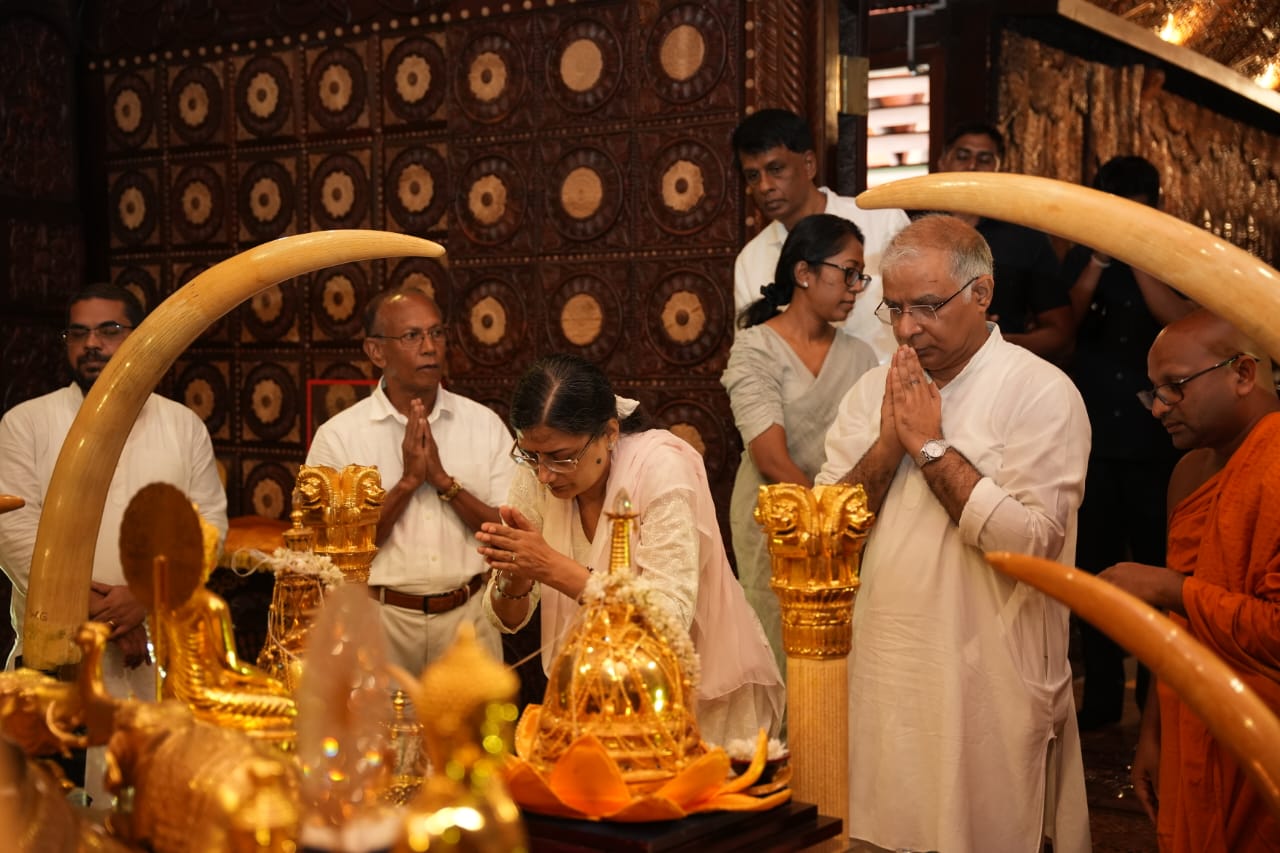
Music, Dance, and Performing Arts: Cross-cultural Influences between Sri Lanka and India
Introduction:
The performing arts, including music and dance, have long served as a means of cultural expression and communication between societies. Sri Lanka and India, with their shared historical and cultural connections, have witnessed a rich cross-cultural exchange in the realm of music, dance, and performing arts. This essay aims to explore the profound influences, mutual exchanges, and distinctive characteristics of music, dance, and performing arts in Sri Lanka and India, showcasing the cultural harmony and creative collaborations that have shaped both nations.
Historical Background:
The historical ties between Sri Lanka and India have laid the foundation for cross-cultural influences in the field of music, dance, and performing arts. The arrival of Buddhism in Sri Lanka from India in the 3rd century BCE brought with it religious and artistic practices that profoundly influenced the performing arts of both nations. Over the centuries, various Indian dynasties, including the Cholas, Pandyas, and Vijayanagara Empire, left their mark on Sri Lankan arts, introducing new dance forms, musical instruments, and performance techniques.
Classical Music Traditions:
Both Sri Lanka and India boast rich classical music traditions that share common roots. In Sri Lanka, the Sinhala classical music tradition, known as “Sinhala Sangeethaya,” showcases a blend of indigenous melodies, Indian classical influences, and regional folk elements. The Indian classical music traditions of Carnatic music in South India and Hindustani music in North India have had a profound impact on Sri Lankan musicians, leading to the assimilation of ragas, talas, and melodic structures in their compositions.
Folk Music:
Folk music serves as a reflection of the cultural identity and everyday lives of people. Sri Lanka and India are both home to vibrant folk music traditions. Sri Lankan folk music, characterized by its rhythmic patterns and melodious tunes, draws inspiration from rural life, agricultural activities, and cultural festivals. Similarly, Indian folk music showcases a diverse range of regional styles and instruments, reflecting the customs, traditions, and oral history of various communities.
Traditional Dance Forms:
Dance forms in Sri Lanka and India exhibit distinct regional variations while sharing common historical and thematic elements. Sri Lankan dance forms, such as Kandyan dance and low country dance, draw inspiration from ancient rituals, storytelling, and religious ceremonies. The Indian classical dance forms, including Bharatanatyam, Kathak, Odissi, and Mohiniyattam, have influenced Sri Lankan dance traditions, resulting in unique adaptations and interpretations.
Kathak and Sri Lankan Dance:
One significant cross-cultural influence between Sri Lanka and India is evident in the Kathak dance tradition. Kathak, which originated in North India, found its way to Sri Lanka during the Mughal period through cultural interactions. Over time, Kathak developed its distinct style in Sri Lanka known as “Kandyan dance,” blending Indian and Sri Lankan aesthetics, footwork, and hand gestures.
Bollywood Influence:
The advent of Bollywood cinema in India has had a profound impact on Sri Lankan music, dance, and performing arts. Sri Lankan artists have embraced Bollywood music and dance styles, incorporating them into local productions and cultural events. Bollywood music has also influenced Sri Lankan film industry, resulting in a fusion of Indian melodies with traditional Sri Lankan rhythms and instruments.
Contemporary Collaborations:
Contemporary music and dance collaborations between Sri Lanka and India continue to strengthen cross-cultural influences. Artists from both countries come together to explore innovative expressions, blend traditional and modern elements, and create performances that resonate with diverse audiences. These collaborations serve as platforms for artistic exchanges, fostering mutual understanding and appreciation of each other’s cultural heritage.
Cultural Preservation and Revival:
The cross-cultural influences in music, dance, and performing arts have played a significant role in preserving and reviving traditional art forms. Collaborations between Sri Lankan and Indian artists contribute to the documentation, research, and promotion of ancient traditions, ensuring their continuity in a rapidly changing world. Efforts are made to pass on these artistic legacies to younger generations through training programs, workshops, and cultural events.
Conclusion:
The cross-cultural influences between Sri Lanka and India in the realms of music, dance, and performing arts have created a vibrant and dynamic cultural landscape in both nations. The historical connections, shared classical music traditions, folk influences, and contemporary collaborations showcase the richness and diversity of artistic expressions. The mutual exchange and assimilation of musical styles, dance forms, and performance techniques have resulted in unique adaptations and innovations, reflecting the creative synergy between the two countries. As Sri Lanka and India continue to celebrate their cultural heritage, the cross-cultural influences in music, dance, and performing arts serve as bridges, fostering cultural harmony, and promoting deeper connections between the people of both nations.
Image: https://www.holidify.com/



